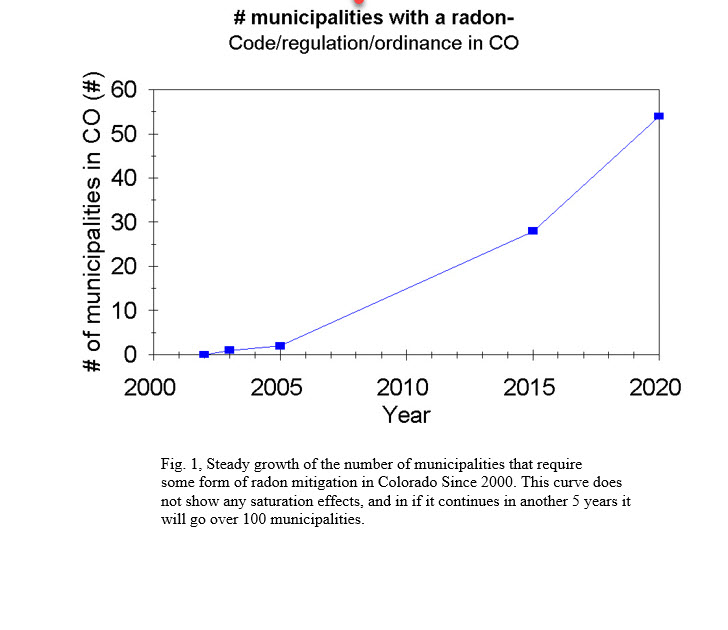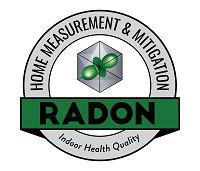How are passive systems supposed to be installed?
When new homes are built in Colorado it depends on the location whether there is a Code requirement for radon mitigation systems to be installed. Fort Collins has such a Code requirement (since Jan. 1 2005, and for multi-family homes since 2013) and it follows Appendix F of the Fort Collins City Code (IRC, or IBC). Other municipalities may not have such a code but builders who operate in different jurisdictions may still install a passive system, because they agree it is good for the occupants and make it their own standard as well, or for competitive reasons, building healthier homes. Also in the environmental green and healthy building industry the builders can earn points when they install a passive radon mitigation system in the home that go towards their home being counted as a environmentally “Green” home (in this case it is part of a voluntary industry standard).
Some of the essential components of a properly installed passive mitigation system are that the vent pipe is installed on the interior of the house from below slab to above roof and 4 inch diameter pipe preferentially of Schedule 40 diameter wall thickness.
Other requirements are that the slab is supposed to be sealed (unfinished parts can be checked easily) including the parts that are finished. An outlet is installed in the attic within 5 feet from the future fan location in the attic and crawlspaces are to have their own side branch hookup to the vent pipe. Sump pits are to be sealed and have to be installed so water levels can be easily inspected by the future occupant. In short a proper passive radon mitigation system is supposed to be just like an active radon mitigation system except for the fan. This is why there is a notion that the reverse is also true: when a passive system is activated, only the fan can be placed. That this statement is wrong in most cases is explained in our section (you can tap on the text to go there): Activating a Passive System.
According to the CDPHE in Denver there are now 54 municipalities in Colorado who have some type of Radon Code requirement. This has gone steadily up from the first one in 2003 (Town of Aspen) and the second one in 2005 (Fort Collins).
November 21, 2015: First mandated, residential radon testing during Real Estate transactions in a local municipality in the USA has now been adopted. The Montgomery County council (Maryland) decided last Tuesday unanimously to require testing of each house for radon by a Seller during a real estate transaction and that the results be provided to the Buyer.
After this page also read our “Activating a Passive Radon Mitigation System” by tapping here, and look at the pictures of the many mistakes we find in the passive mitigation systems over many years we have activated these passive systems. This is why “Activating” often means more than “just installing a fan”.

